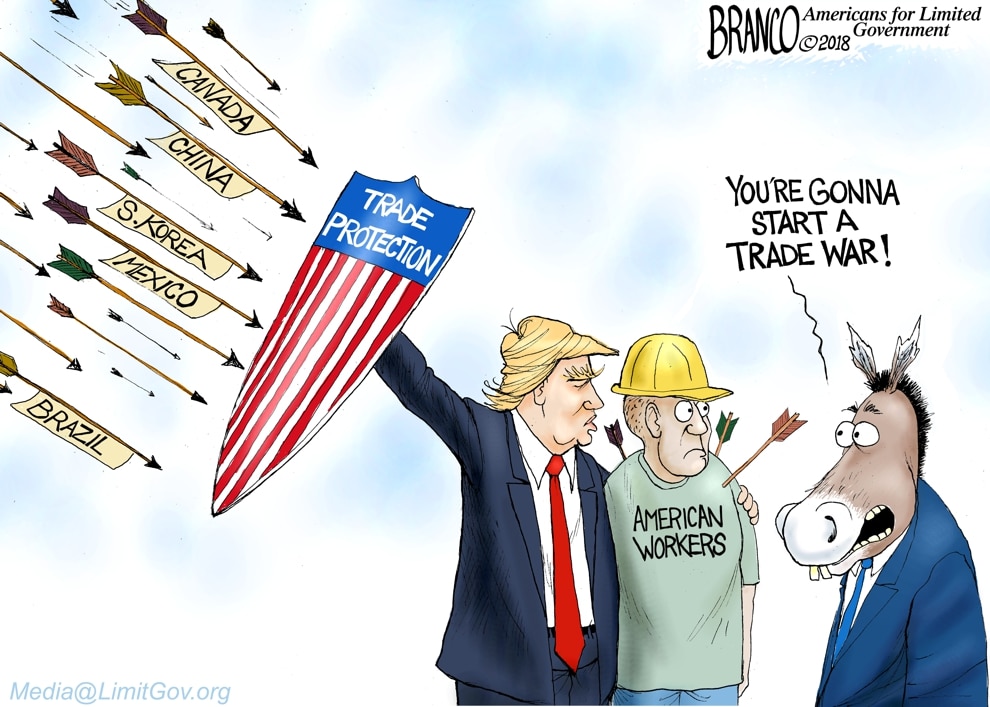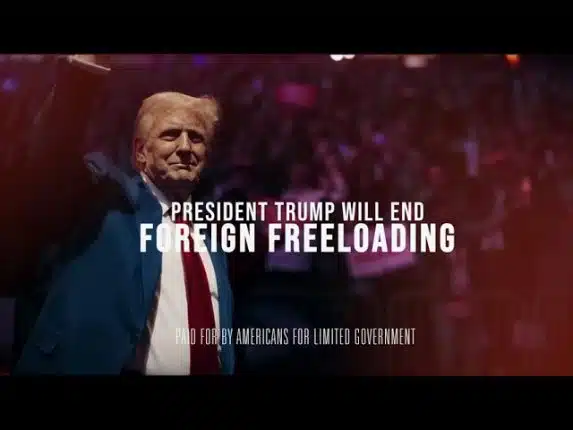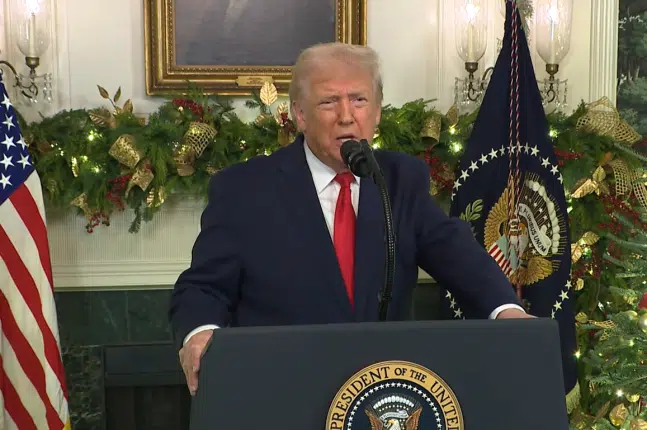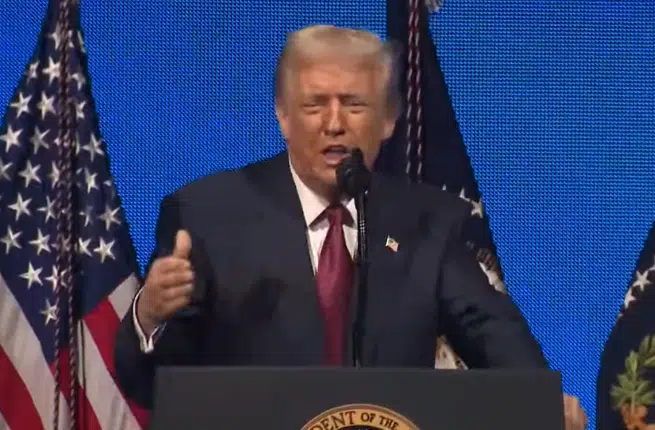
President Donald Trump’s America First economic agenda includes lowering taxes, encouraging a revitalized U.S. manufacturing sector, and importantly, using tariffs to correct exploitative trade practices that enrich other nations at the expense of Americans.
The American people are well aware that the United States has been taken advantage of by China for decades, and are concerned about China’s rapid economic expansion and strong-arm trade practices toward the U.S.
The latest YouGov survey shows Americans say by 22 points — 42 percent to 20 percent — that China has an unfair trade policy with the United States.
Americans also view China as unfriendly or an enemy according to the survey. Americans say by 57 points — 71 percent to 14 percent — that China is either an enemy or unfriendly to the U.S.
Americans also say by 63 points — 68 percent to 5 percent — that China is an immediate or somewhat serious economic threat.
While response to President Trump’s use of tariffs to even the playing field has become a partisan issue inside the beltway, belief that China is an economic threat to the United States is a bipartisan concern outside it.
Democrat voters say by 60 points — 66 percent to 6 percent — that China is an economic threat to Americans and independents agree by 62 points — 67 percent to 5 percent. Republican voters assert by a 66-point margin — 70 percent to 4 percent — that China is an economic threat to the U.S.
Now there is evidence that President Trump’s reciprocal tariffs on China — the nation with which we hold the largest trade deficit in the world — are beginning to force our largest competitor to drop tariffs it has in place on a number of U.S.-made products it considers essential.
On April 30, Reuters reported China is already beginning to buckle somewhat under pressure from President Trump’s reciprocal tariffs, and the Chinese government has quietly created a “whitelist” of U.S.-made goods the country will exempt from its standard 125 percent tariffs.
According to Reuters the list of exempt products includes certain pharmaceuticals, microchips and aircraft parts, and the list is growing as China scurries to compile a list of levy-free U.S.-imports that it wants to bring into the country without tariffs.
Creating an exemption list allows the Chinese government to save face publicly — by maintaining its existing tariffs on other U.S.-goods — while quietly exempting a growing list of necessary manufacturing products.
President Trump’s tariffs are also weakening China’s own manufacturing sector — a boon for U.S. production considering China is one of our largest manufacturing competitors. CNN reported Wednesday that China’s manufacturing sector contracted at the fastest rate in the last 16 months in April, as Trump’s steep tariffs began to take effect.
According to the U.S. Census Bureau, the United States’ largest trade deficit is with China by a landslide, with our 2024 trade deficit with China clocking in at $295 billion dollars. The U.S. trade deficit exploded in the early 2000’s when China entered a period of rapid economic growth, while U.S.-manufacturing contracted, following the U.S. granting most favored nation trade status on China in 2000 and allowing it to enter the World Trade Organization in 2001, leaving Americans dependent on a trading partner that took advantage of the United States for over two decades.
Thanks to President Trump’s leadership, the American people are well aware that China’s unchecked trade abuses have hollowed out our manufacturing base and stunted our ability to participate on a level playing field. Americans are no longer willing to tolerate a global trade system that benefits foreign powers at the expense of American jobs and self-sufficiency, and President Trump’s bold actions on trade are working to correct these economic injustices.
Manzanita Miller is the senior political analyst at Americans for Limited Government Foundation.






